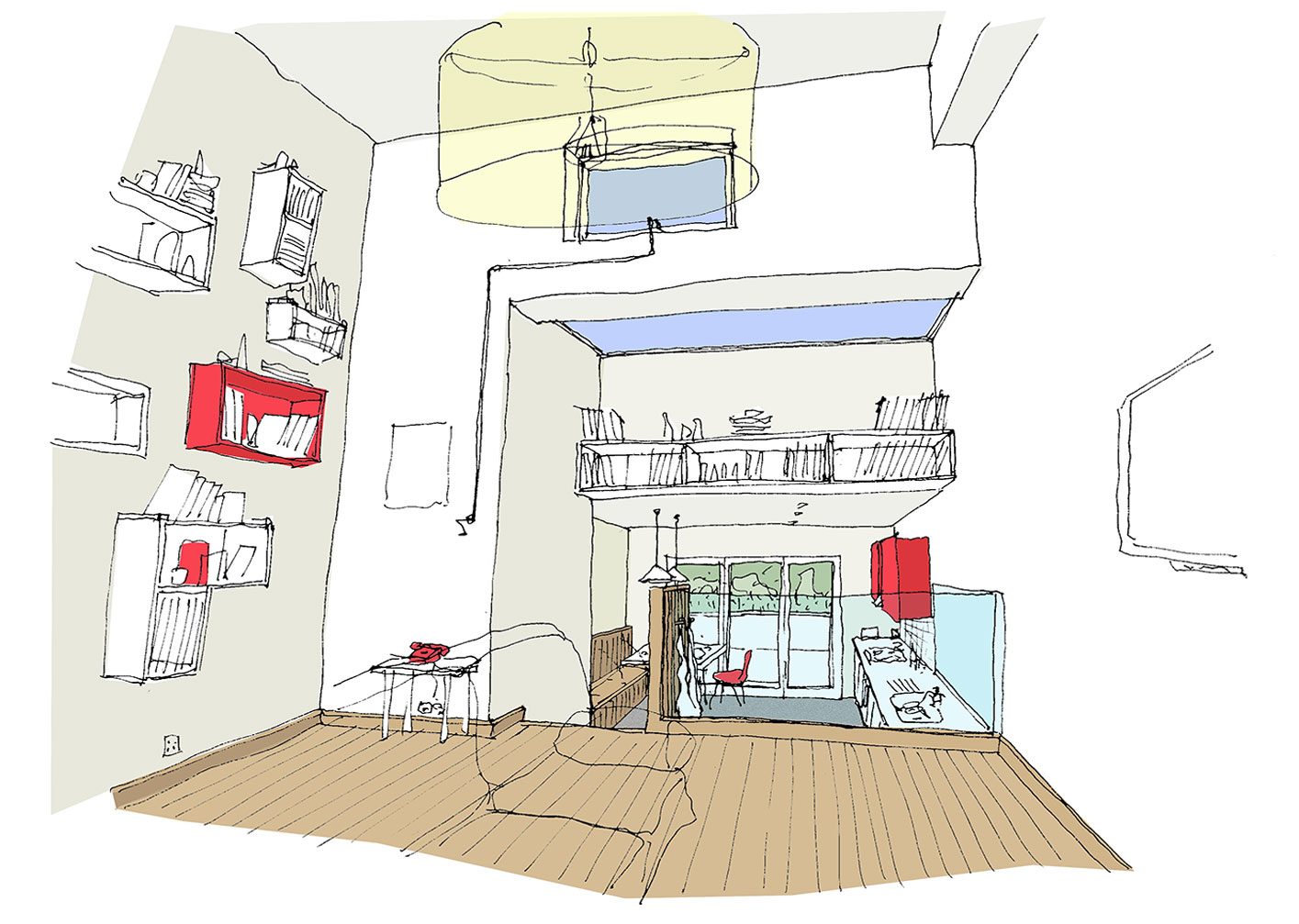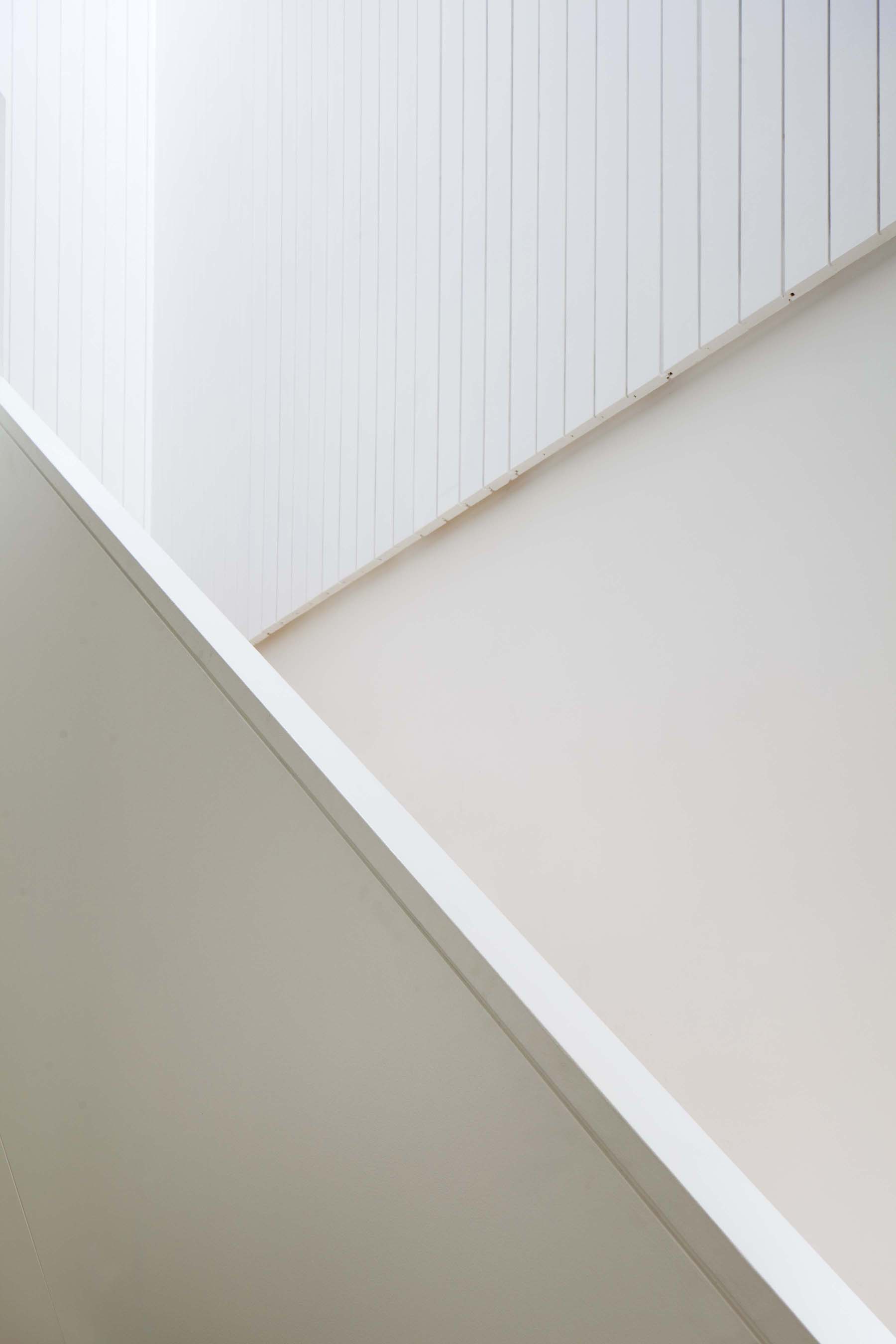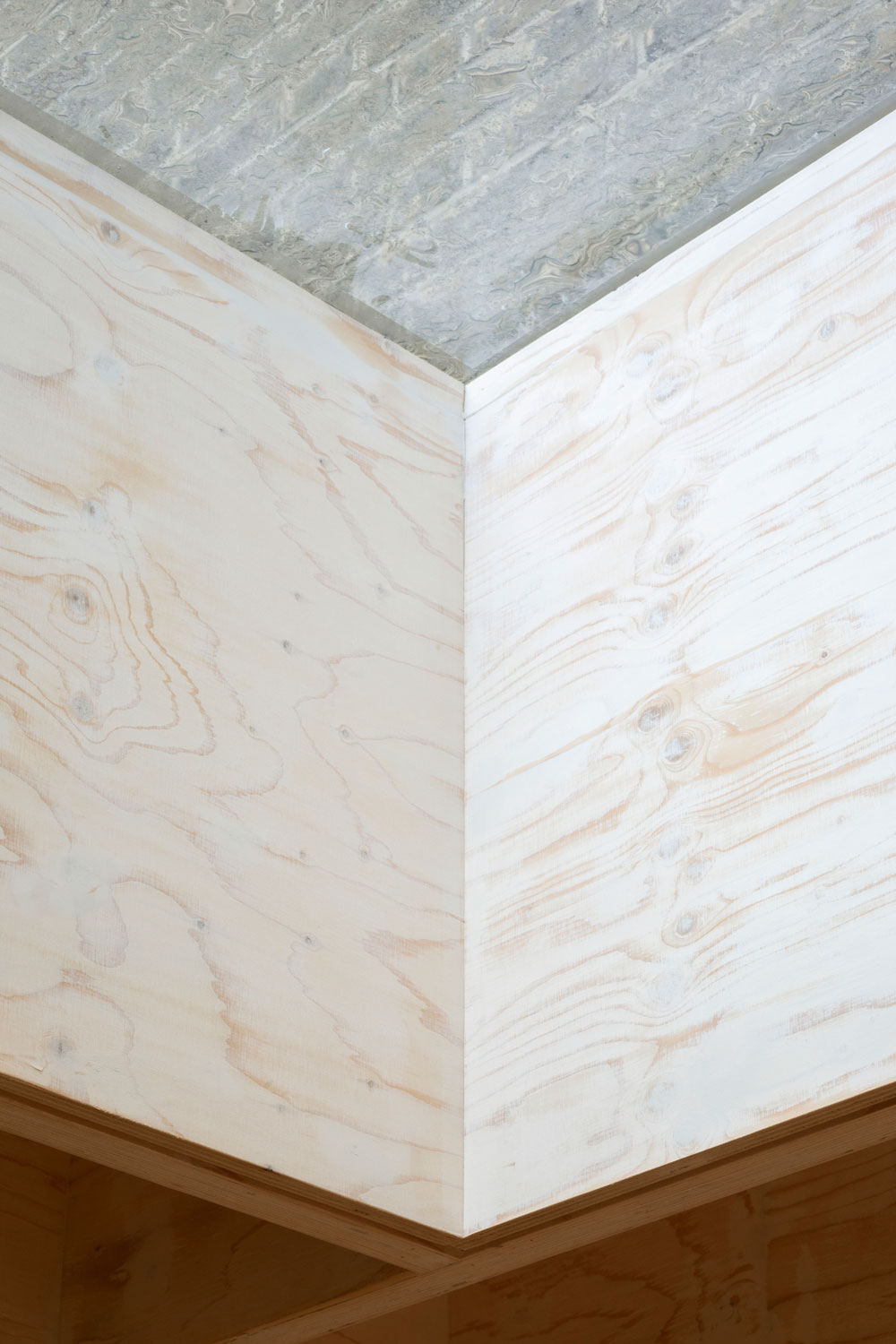
Building a practice
Often in the natural world and occasionally in the built environment you come across places that have a certain harmony, and which have the capacity to inspire and lift your mood. My aim is to try to make such places and to remember the potential that architecture has to improve people's daily lives.
This ambition is easily lost beneath the challenges everyone faces when taking on a project. Designing and building is not simple. It is subject to a whole range of forces and involves input from a wide variety of people with different skills and concerns. The architect’s role is to navigate this journey and to empower clients through the process. It requires a pragmatic and flexible approach, backed up by technical knowledge and an unwavering commitment to the quality of the finished building.
I am always looking for clients, consultants, contractors and other craftsmen, with shared values, commitment and enthusiasm for this creative process. I continue to learn from past projects and collaborations as well as looking at each new project with fresh eyes. My aim is to deliver the best outcome for each of my clients whilst remaining true to my design ethos and values.
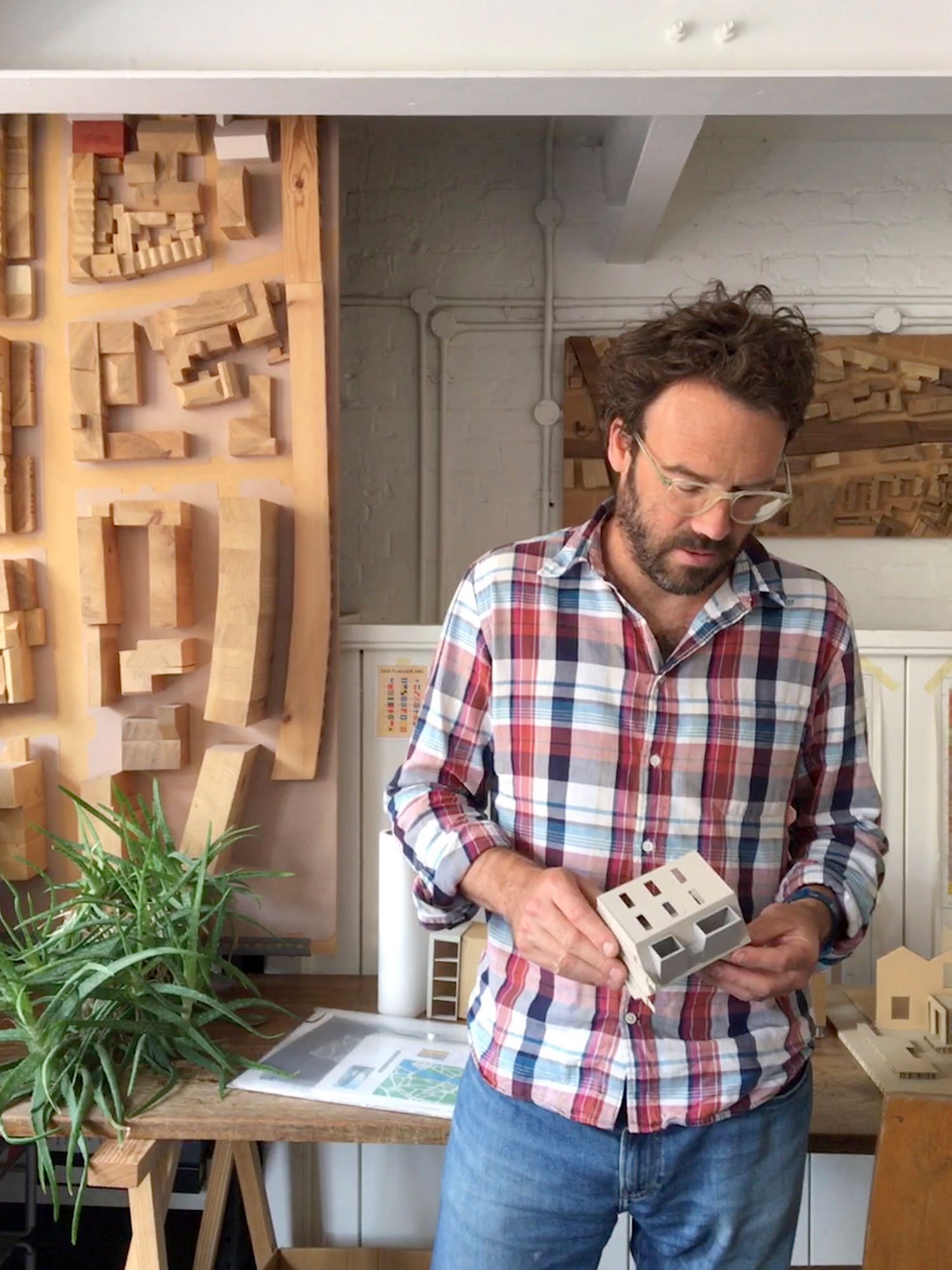
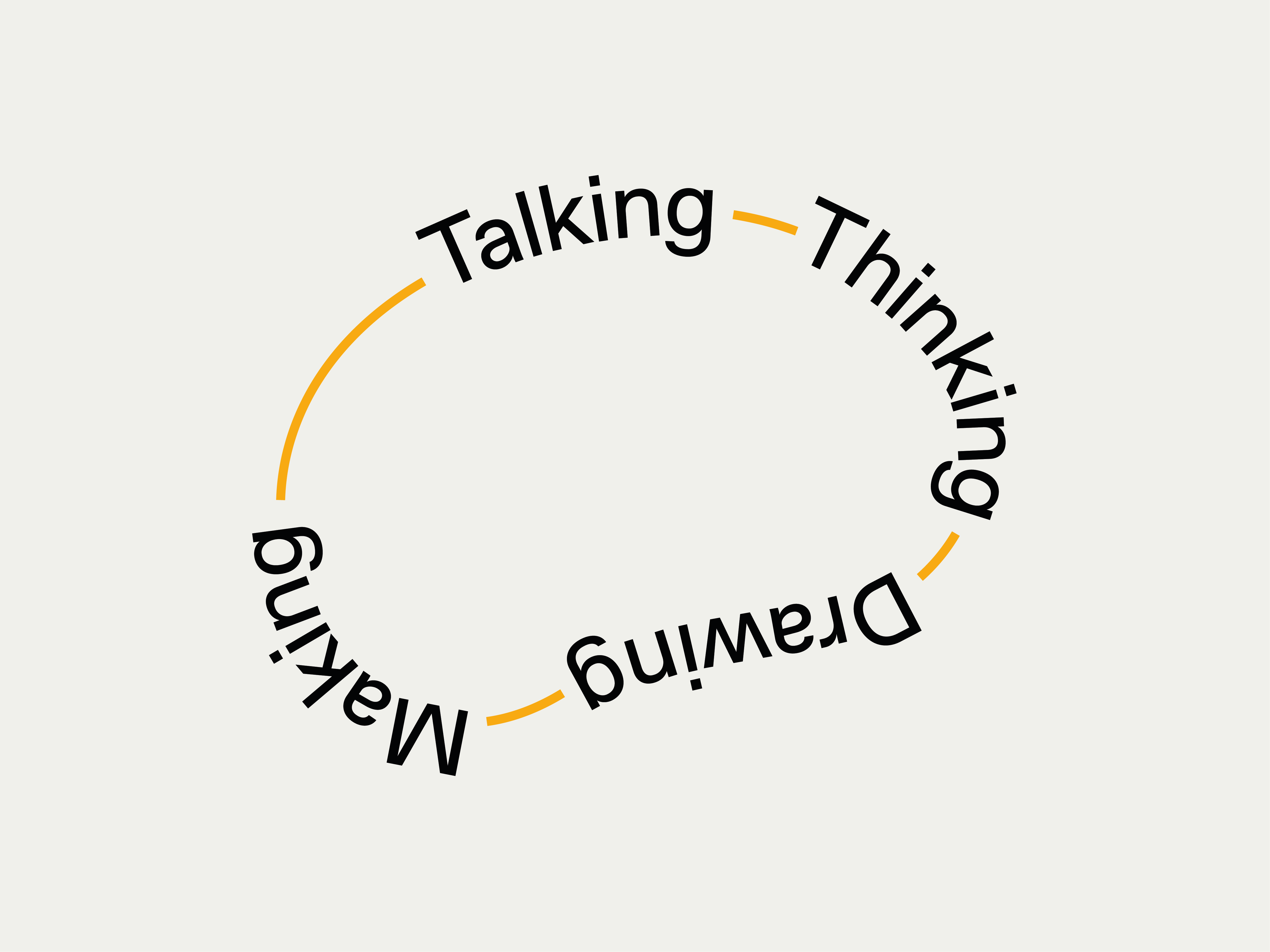
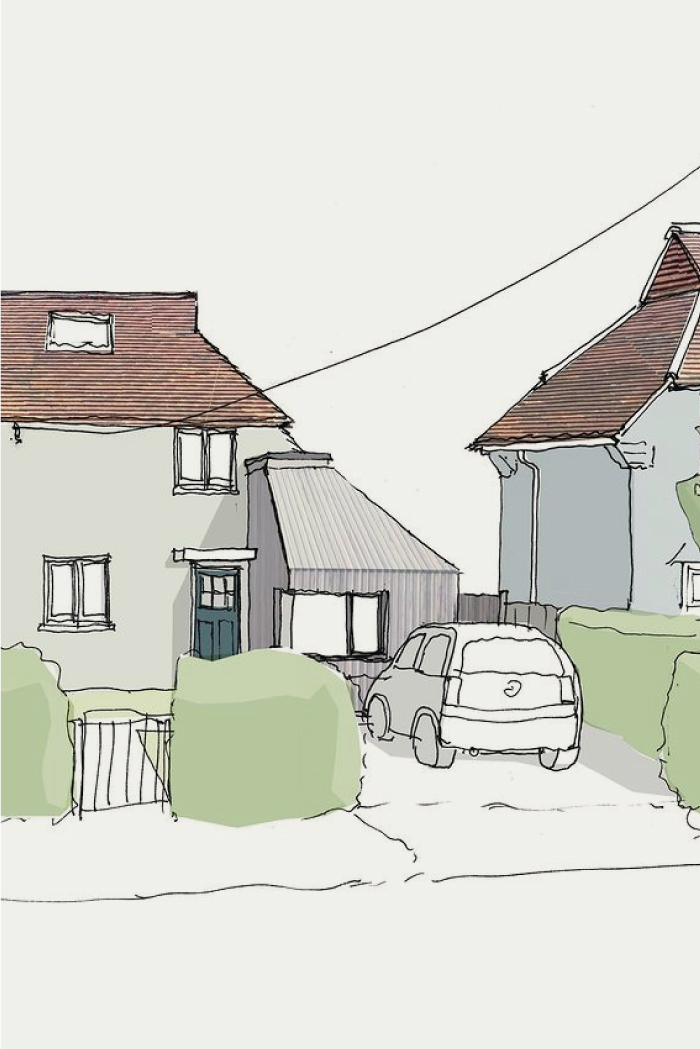

Responsibly crafted
Each time we build we use materials and energy that contribute to emissions and deplete finite resources. In addition we change the immediate environment of the site and its surroundings. Buildings leave a lasting legacy that is difficult to undo. We must therefore always build as responsibly as possible using materials and energy frugally, and encourage our peers to do the same in their turn.
This starts with a strategy of re-use as opposed to demolition wherever possible and minimising the use of particularly carbon intensive materials such as cement and steel, which account for approximately 40% of industrial carbon emissions. Through careful design, buildings can have long lives with low embodied energy as well as low energy in use. Practically this may mean simple decisions, for example building less to achieve the same, or reducing spans to allow the use of timber instead of steel. These decisions, large and small, each have their environmental consequences.
Timber in particular is an extremely versatile and environmentally friendly material that I have always relished using both structurally as well as at a smaller scale in objects and furniture. Designing and making furniture can be a particularly satisfying way to think about economy and simplicity, ideas which can then feed back into larger projects. The relationship between environmental impact, materials, craft and detail and the overall design of a scheme is at the heart of how I design. Just as detail in nature continues seamlessly from a forest to an individual tree and its branches and leaves, so the relationships between a building's individual crafted parts translate directly into the quality and atmosphere of completed projects.
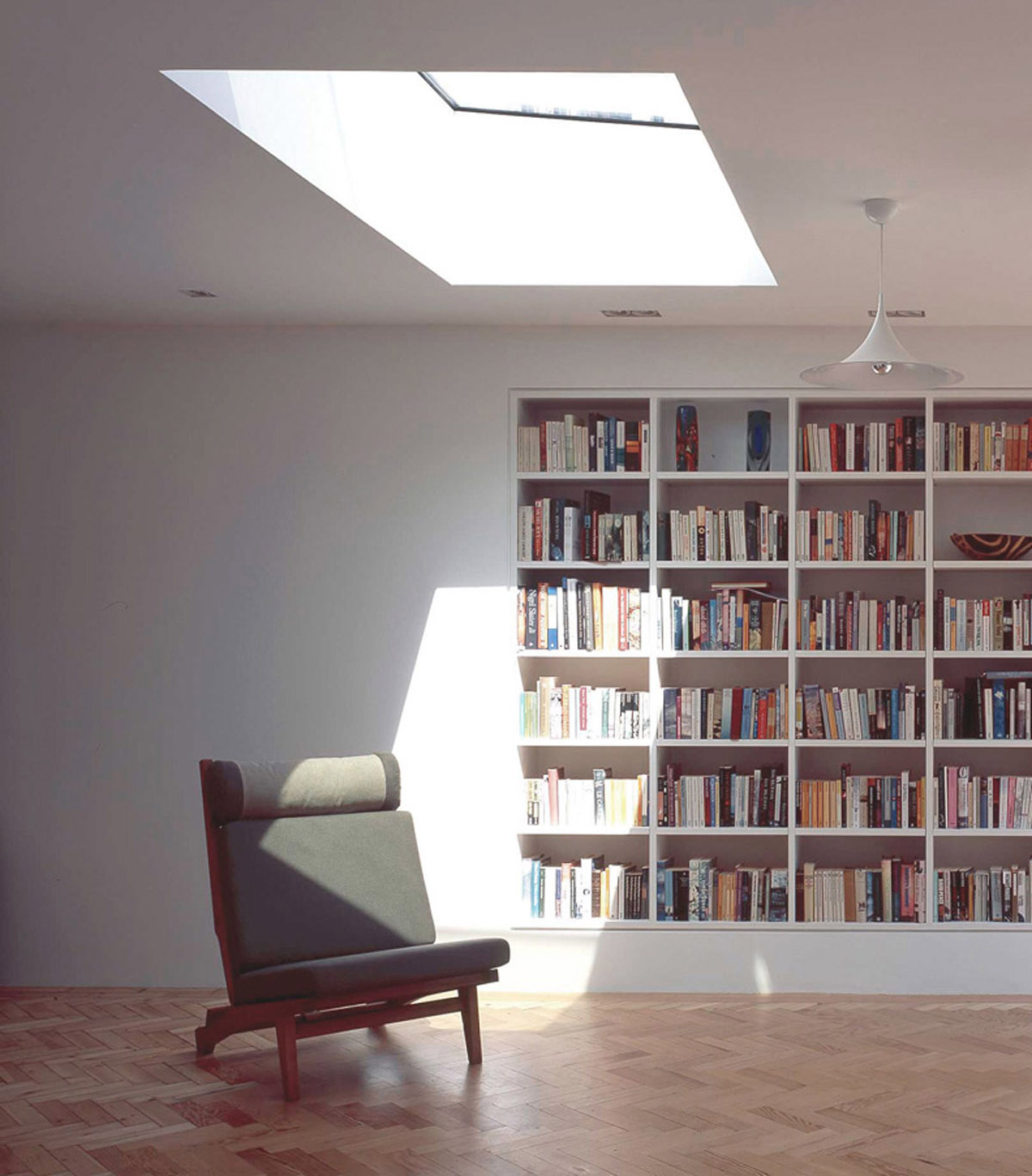
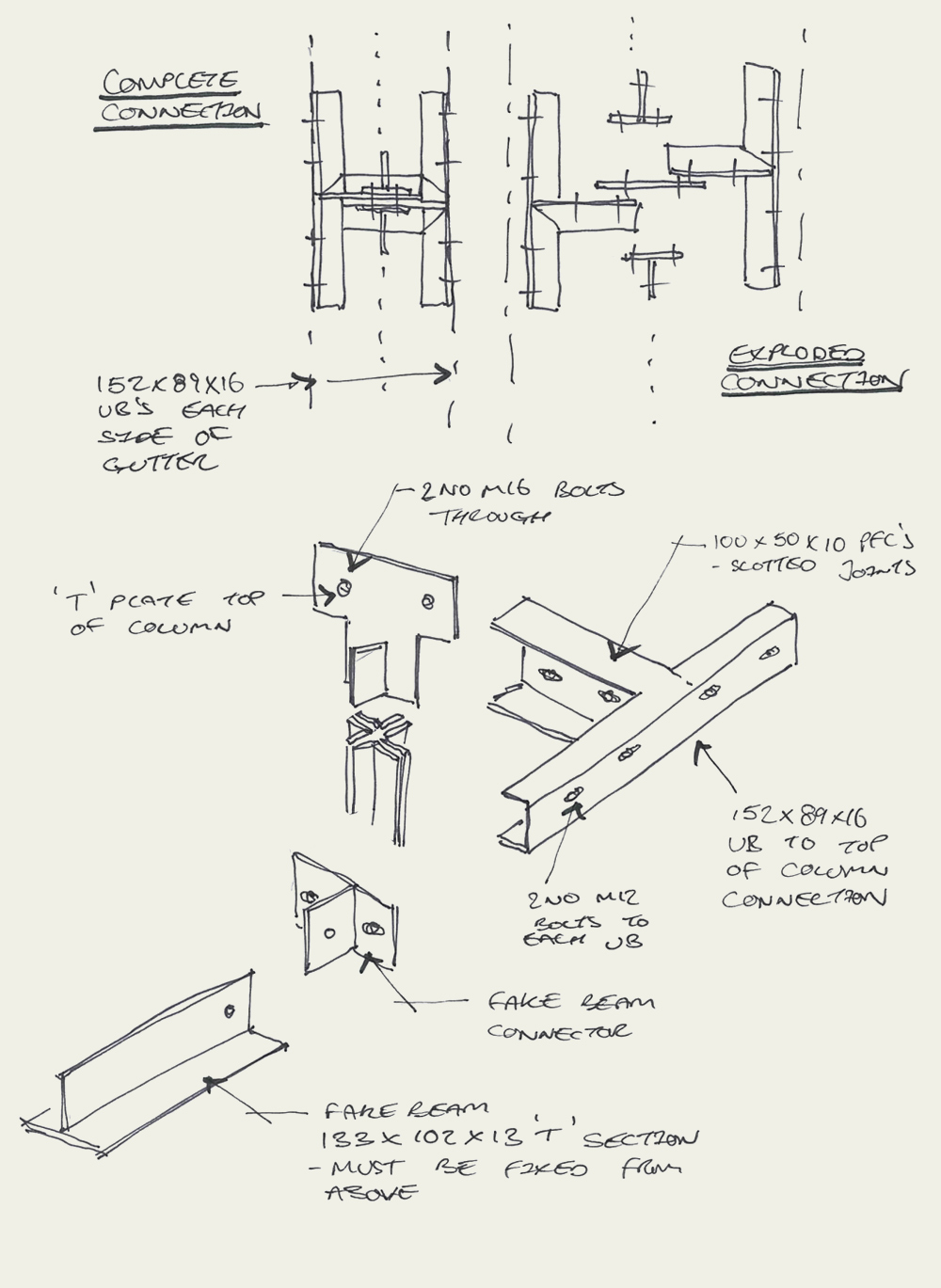
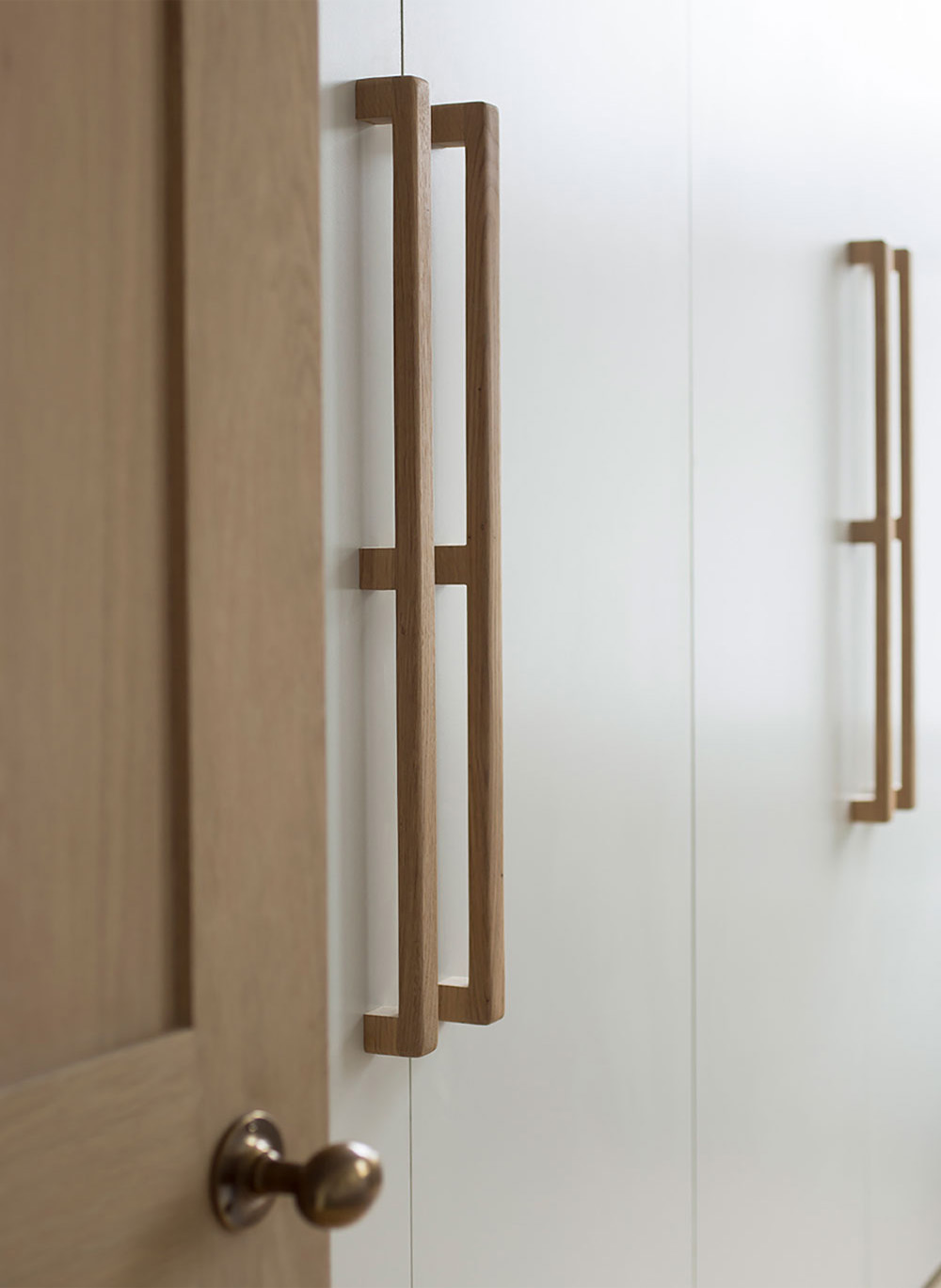
Service and fees
There are no hard and fast rules about the service required or the fees charged for each project. My role is often to provide a full architectural service, RIBA stages 0-7, managing and looking after clients from the very start, right through to hand-over of the completed building. But I also offer a more tailored service, limited to those stages required, as well as feasibility studies and one-off meetings to discuss a potential project. I also have experience working in collaboration with others who may be leading projects, including other architects, contractors and project managers.
Fees are therefore calculated on a case-by-case basis between architect and client. Please do get in touch if you have a project that you would like to discuss.
